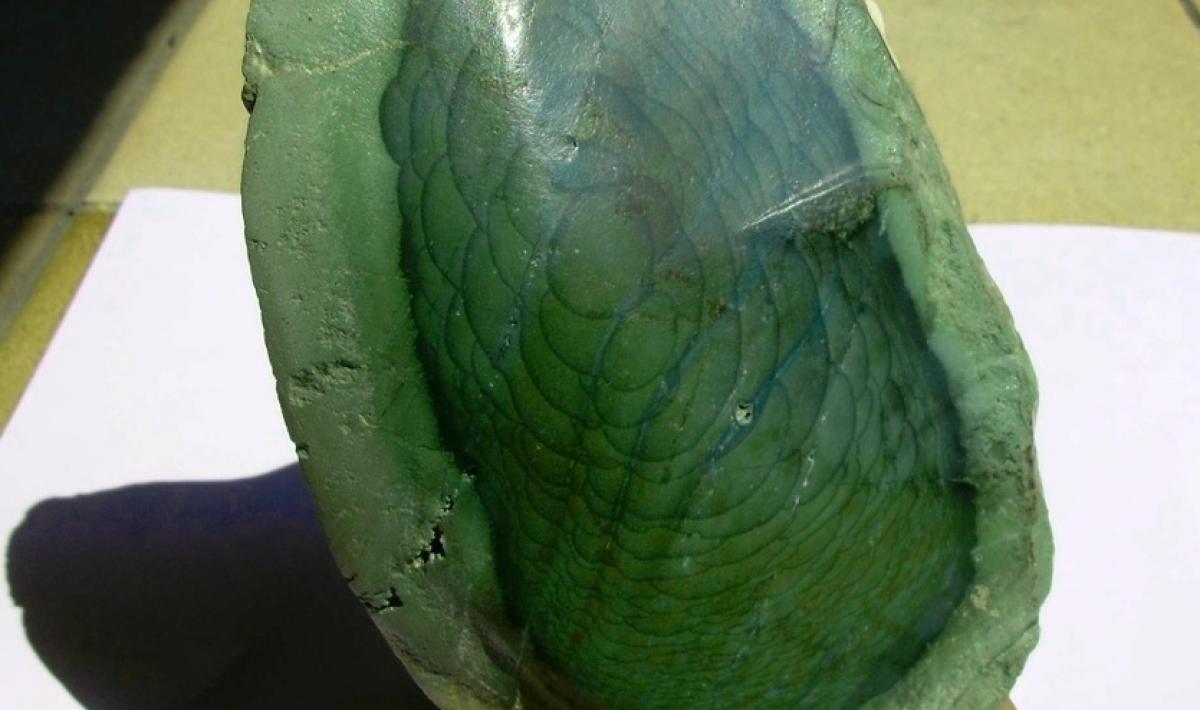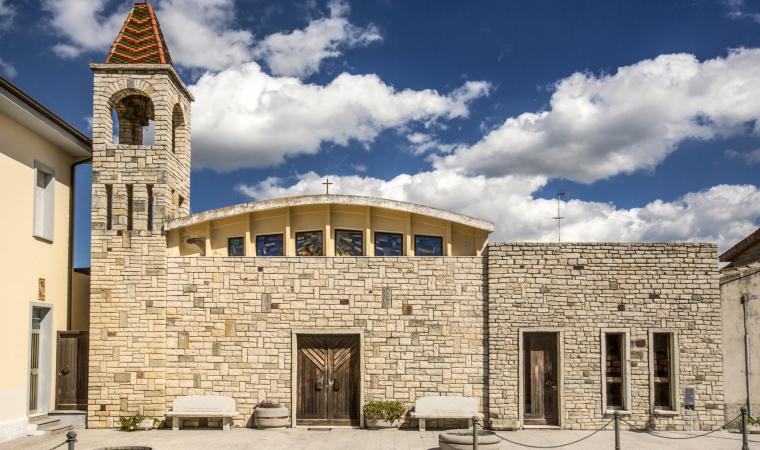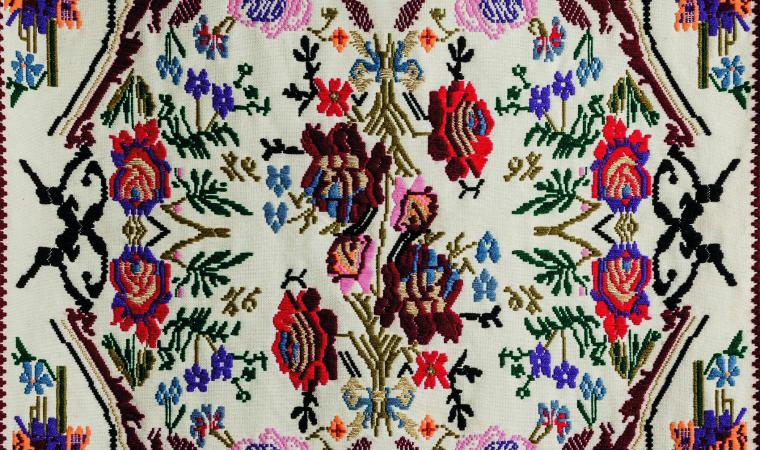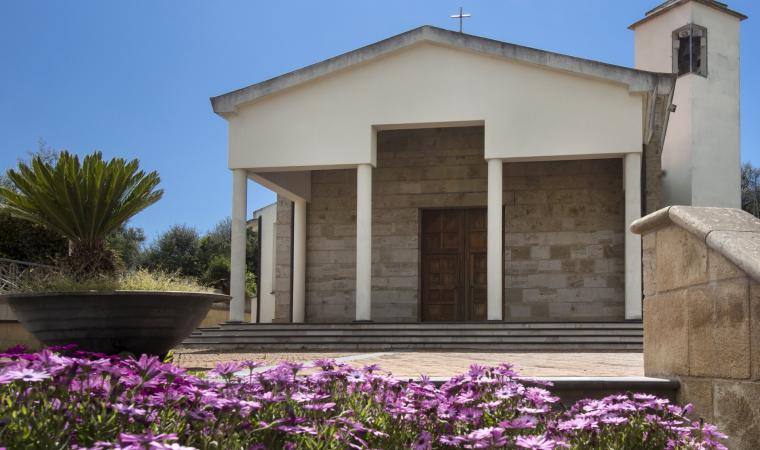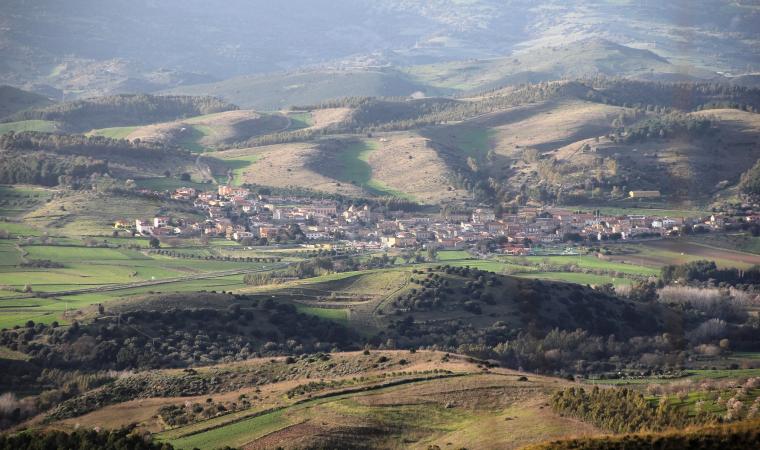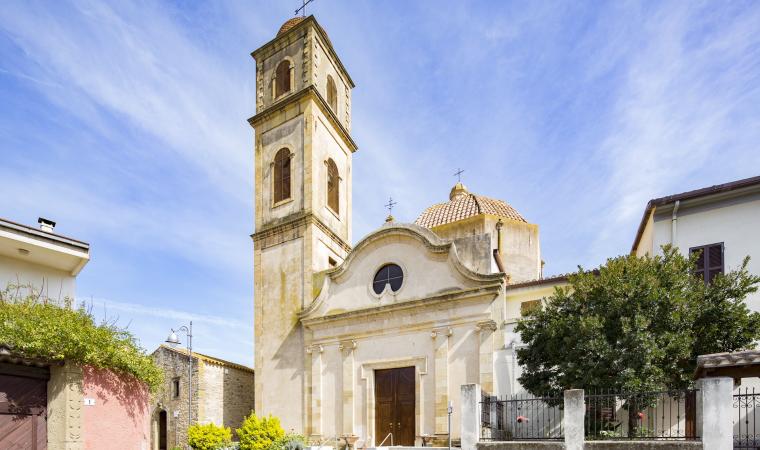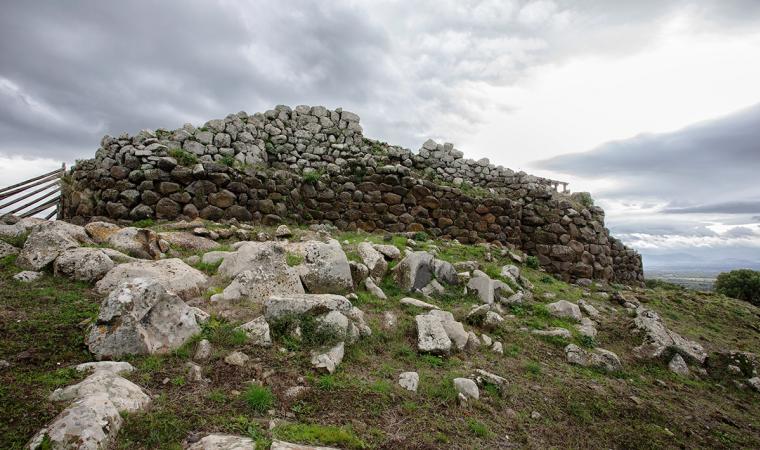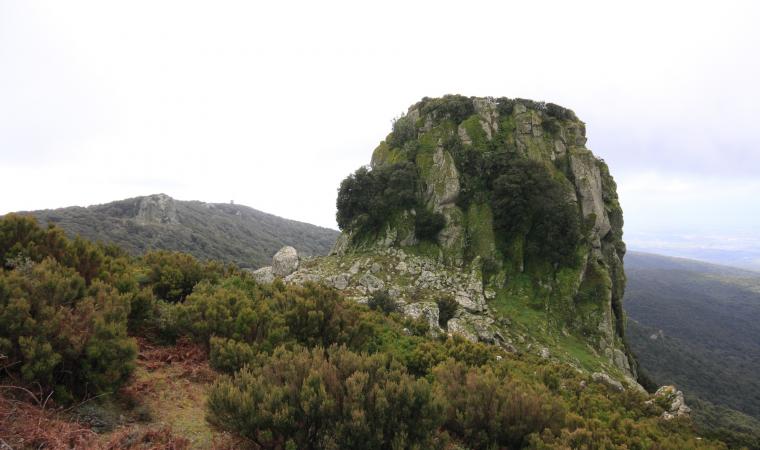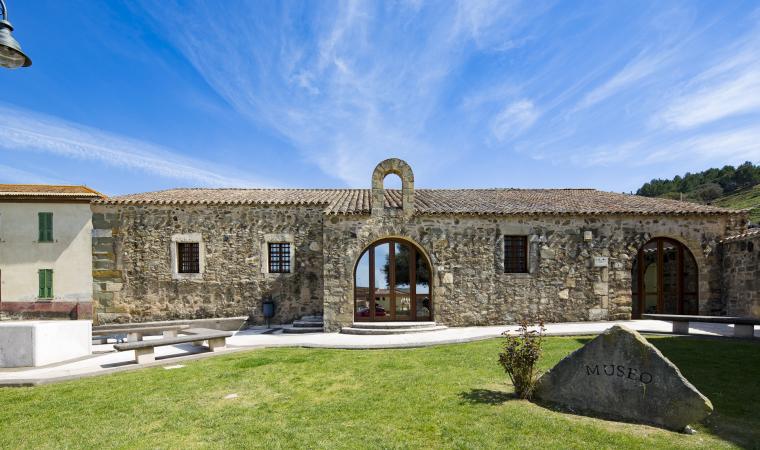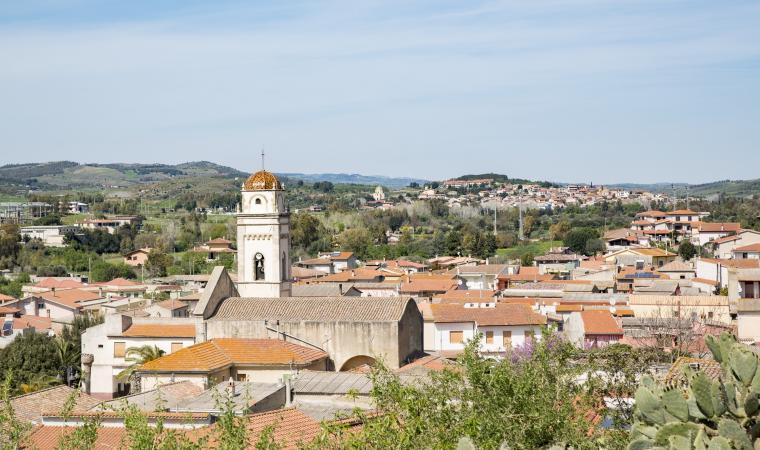On display are thousands of minerals and fossils on which the geological evolution of the island and specifically of Marmilla is written, with a complex history spanning from around 20 million to about two million years ago. Set up in the premises of the former convent of the Capuchin Fathers, a monumental monastery from the mid-17th century - to which is attached the church of San Francesco - the Geomuseum of Monte Arci in Masullas is a one-of-a-kind in Sardinia, arising from the patient work of Vincenzo Incani in collecting and cataloguing, resulting in the mineralogical and paleontological collections. To be admired are specimens of stones with fossils of ancient marine animals, dioramas that reflect the volcanic activities and various minerals, in particular colourful jasper (rocks from the marine environment), formed during the eruptions of the 'old volcano' of Monte Arci. In the ‘sala flù’, you will be dazzled by spectacular minerals with fluorescent colours.
At the beginning of the museum itinerary, there is a brief excursus on the formation of the lands that emerged in the world resulting in the formation of the Mediterranean and Sardinia, before then moving on to the evolution of Monte Arci, originally a very active volcano that was a hub for the collection and processing of obsidian in prehistoric times and is now a gentle relief covered with greenery, which has become a regional park. Originally, the Mediterranean was the small continent of Alkapeca, which as of 23 million years ago fragmented into four small clumps: in the Sardinian tectonic plate began to form fractures, which caused a long and deep depression (rifting), from the Golfo di Cagliari to the Gulf of Asinara. The sea transformed the island into an archipelago. Through the fractures, huge quantities of basaltic magma erupted on the base. In the area of today’s Arci, an enormous submarine volcano was formed, extending over 30 kilometres. The eruptions gave rise to pillow-lava, which you can see in su Carongiu de Fanari, on the outskirts of Masullas. In addition to fossils of fish and jaspers, the museum also contains minerals of hydrothermal origin, such as quartz, chalcedony, fluorite and calcite in large crystals.
After some stagnation, eruptive activity resumed violently 5 million years ago, with the ancient reliefs covered with imposing layers of lava of various materials. The precious obsidian coming from the flows of rhyolites rendered Monte Arci the centre of the Mediterranean as early as the 6th millennium B.C. The obsidian park of Conca ‘e Cannas and the obsidian museum of nearby Pau, to be visited in combination with the Geomuseum, are dedicated to the ‘black gold of prehistory’. Before the volcano finally died out, 1 million and 800 thousand years ago, basaltic flows poured into forming the large tablelands of the Giare plateaus, typical of the current landscape of Marmilla, and in particular of Masullas, which is part of the Borghi Autentici d’Italia (Authentic Villages of Italy) thanks to urban architecture, beautiful landscapes, archaeology, traditions and delicacies.

